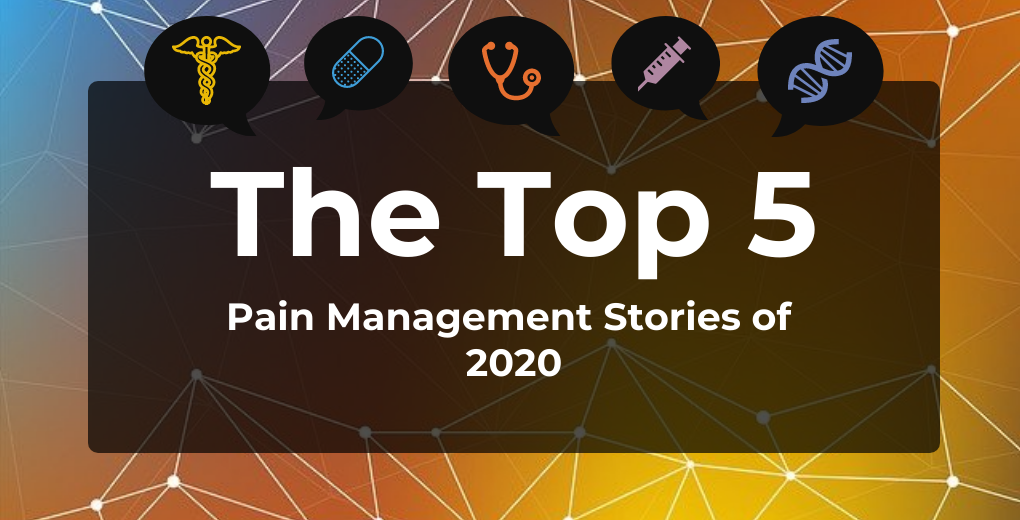Article
Gabapentin Superior to Pregabalin for Treating Chronic Sciatica, Study Says
Author(s):
For chronic sciatica, a recent study said that while gabapentin (GBP) and pregabalin (PGB) are both effective, GBP was found to be superior with fewer and less severe adverse events.
The optimal pharmacologic treatment for chronic sciatica (CS)—sciatica lasting longer than 3 months—had yet to be determined. Currently gabapentin (GBP) and pregabalin (PGB) are used to treat CS; while a recent study confirmed that both are effective, GBP was found to be superior with fewer and less severe adverse events.
The study, published by JAMA Neurology, involved a preplanned interim analysis of a randomized, double-blind, double-dummy crossover trial of PGB and GBP. The researchers considered patients who attended a specialist neurosurgery clinic with unilateral CS for trial recruitment. Also, researchers defined CS as pain lasting for at least 3 months radiating into 1 leg only to, at, or below the knee level.
“The drugs most commonly used are gabapentin (GBP) or pregabalin (PGB). Chronic sciatica has therefore been increasingly treated with super-added GBP or PGB. Pregabalin and GBP are both analogs of γ-aminobutyric acid, a substance known to modulate calcium channel subunits,” explained the authors. “Both GBP and PGB may therefore possibly act by decreasing neurotransmitter release associated with central sensitization in CS and neuropathic pain.”
The participants were randomly assigned to receive GBP (400 mg to 800 mg 3 times a day), then PGB (150 mg to 300 mg twice daily) or vice versa, each taken for 8 weeks, according to the study. The primary outcome the researchers were considering was pain intensity at baseline and 8 weeks. Additionally, disability and severity/frequency were measured and considered as secondary outcomes.
In total, 18 participants were included in the study, with the majority being men and an average age of 57 years old. One-third of the study sample were smokers and more than half consumed alcohol. The results demonstrated that GBP was superior to PGB, as there were fewer and less severe adverse events with the GBP treatment.
Furthermore, both treatments demonstrated significant visual analog pain intensity scale reduction and reduction on the Oswestry Disability Index. However, when directly compared, GBP showed superior visual analog pain intensity scale reduction, while the Oswestry Disability Index reduction was unchanged, according to the results. Also, adverse events for PGB were observed to be more frequent especially when PGB was taken first.
“Notably, this study showed that PGB AEs were more frequent and severe when PGB was taken prior to GBP. This suggests that GBP may in some way sensitize tissues such that, despite subsequent washout, tolerance to PGB AEs was significantly enhanced,” concluded the authors. “If so, then putative PGB-induced sensitization did not appear to affect tissue tolerance to GBP; GBP AEs were significantly lower irrespective of sequence order.”
The researchers concluded that GBP should be commenced before PGB in order to permit optimal crossover, based on the findings.
Reference
Robertson K, Marshman LAG, Plummer D, et al. Effect of gabapentin vs pregabalin on pain intensity in adults with chronic sciatica. [published online October 15, 2018]. JAMA Neurol. doi:10.1001/jamaneurol.2018.3077

Incorporating Discussions of Cannabis Use Into Oncology Care Visits

How Patients Think About Pain May Impact Activity Levels, Study Says







